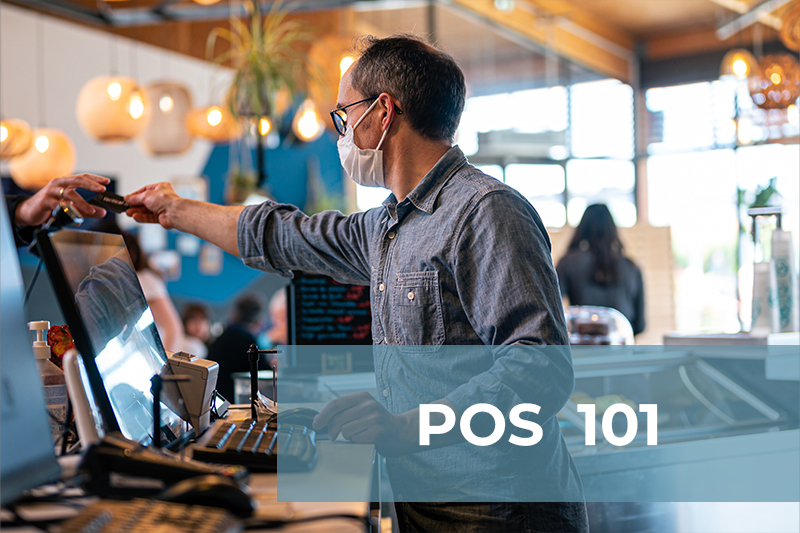Going out to eat is something most Americans can sink their teeth into. In 2019, Toast reported 45% of diners ate out multiple times a week. Another 20% went out to eat once a week, and an additional 6% ate out every day.
Hungry customers weren’t expected to stick a fork in their demand for restaurants in 2020. Prior to the outbreak of COVID-19, which caused the closure of many food establishments, the industry was projected to gobble up a whopping $899 billion in sales this year, up 4% over 2019, according to estimates by the National Restaurant Association.
And while the Association reports more than 1 million restaurants are operating across the United States, there’s still plenty of demand for eating out. Nearly 63% of consumers say they aren’t visiting eateries as often as they’d like.
With more customers waiting to place their orders, most aspiring and established restaurateurs are trying new and innovative ways to get their slice of those dining dollars. But while bringing in sales might seem like a piece of cake, keeping up healthy margins can be a tall order.
Eating into profits
While profits can vary widely across the industry, the average restaurant has a profit margin of just 6.2%, writes Toast. In 2018, 62% of eateries saw their profits increase, while 13% kept margins the same and 12% reported their profits decreased.
Labor costs can take the biggest bites out of restaurant sales. Last year, 51% of restaurant operators ranked staffing and 35% ranked training as top challenges to their profitability. Turnover is at an all-time high in the industry, at 75%, Toast reports. And training replacement staff can be costly – up to $2,000 for a staff member and $15,000 for a manager.
Increases in minimum wage have also put pressure on restaurateurs. In 2018, 47% of operators said they scheduled employees for fewer hours each week and 16% stopped hiring efforts. A majority of restaurants – 65% – also raised menu prices to offset labor costs.
While 72% of diners say food quality is why they choose one eatery over another, keeping quality high and food costs low is another challenge eating at restaurant profits. Restaurant professionals ranked high operating and food costs as the No. 1 obstacle to profitability, Toast reports.
To reduce those costs, more restaurants say they are repurposing food trimmings, offering varied portion sizes and composting leftovers.
Using tech to keep your restaurant profitable
For restaurants looking to raise margins to rival their souffle dessert specials, restaurant management software Craftable can help further optimize operations and reduce labor hours. The tool is fully mobile on iPhone and Android devices and can be integrated into more than 60 of the industry’s most popular point-of-sale and accounting platforms. It can also be utilized by an unlimited number of users.
The tool cuts into labor costs by automating back-of-office tasks. Restaurant operators can snap photos of their invoices instead of entering them manually. Craftable also links inventory, payments and sales reporting so eateries can 86 pens and paper.
The result is a 70% slice off administrative labor costs.
Craftable also tracks inventory and allows users to order enough food to stock their kitchens in just 15 minutes. The software can generate reports on expenses and menu profitability, allowing operators to simmer down their food costs by 2% to 3%.
In all, the software can reduce inventory time by 50%, accounting hours by 80% and send customers their checks in seconds, giving restaurant professionals more time on the floor and less time in the walk-in.
Utilizing easy-to-use software like Craftable can keep your profits as fat as a filet mignon dinner special.




.png)